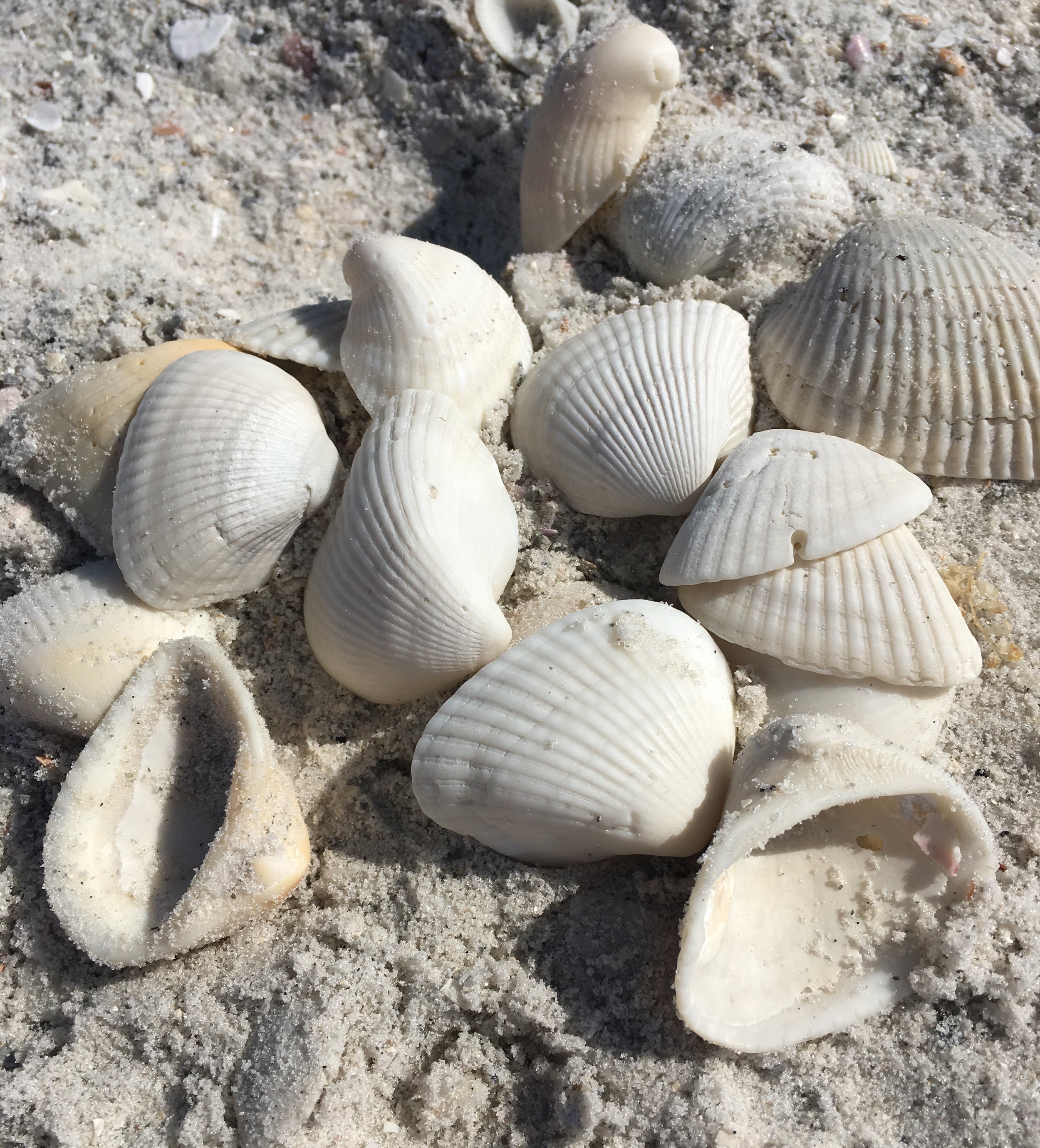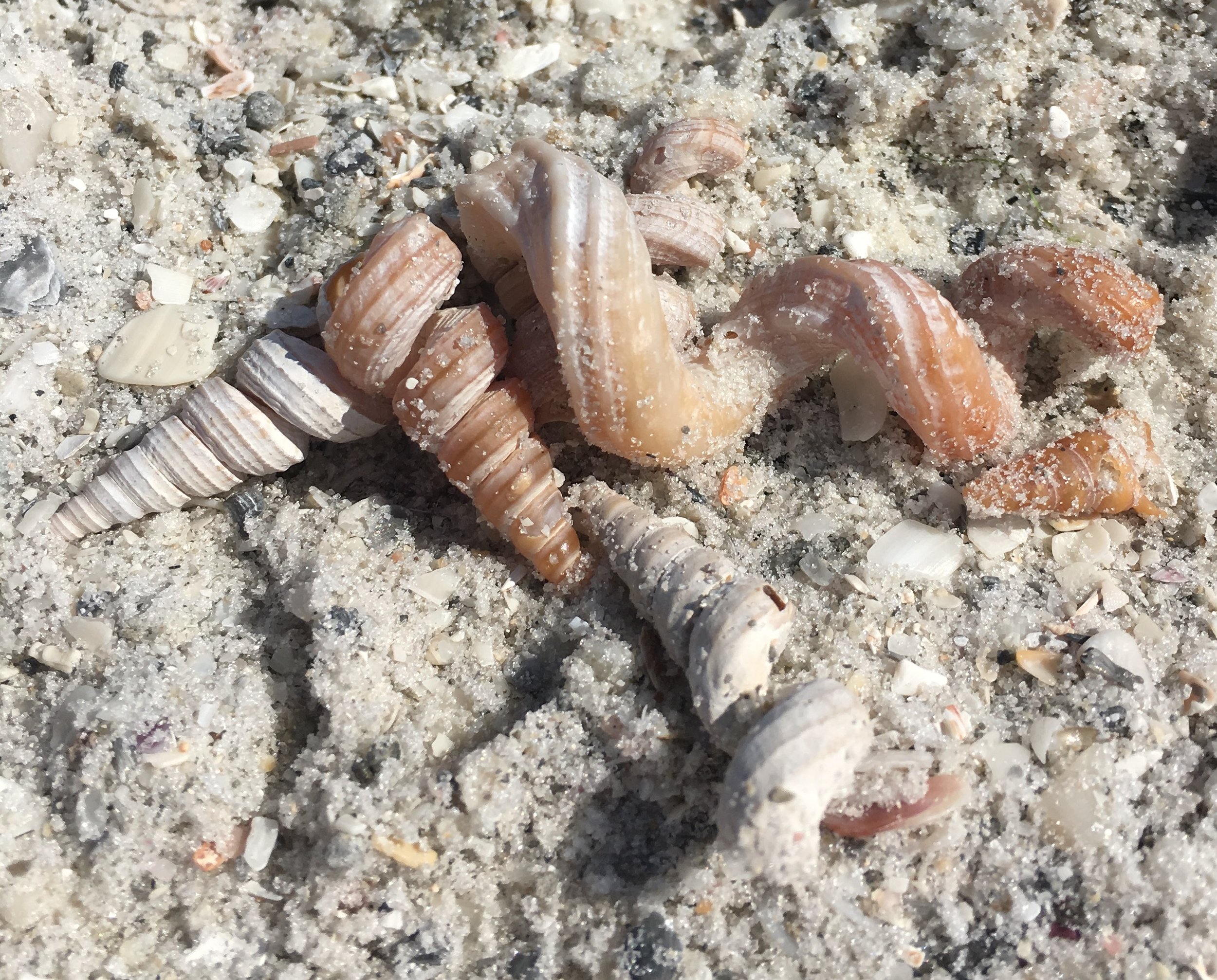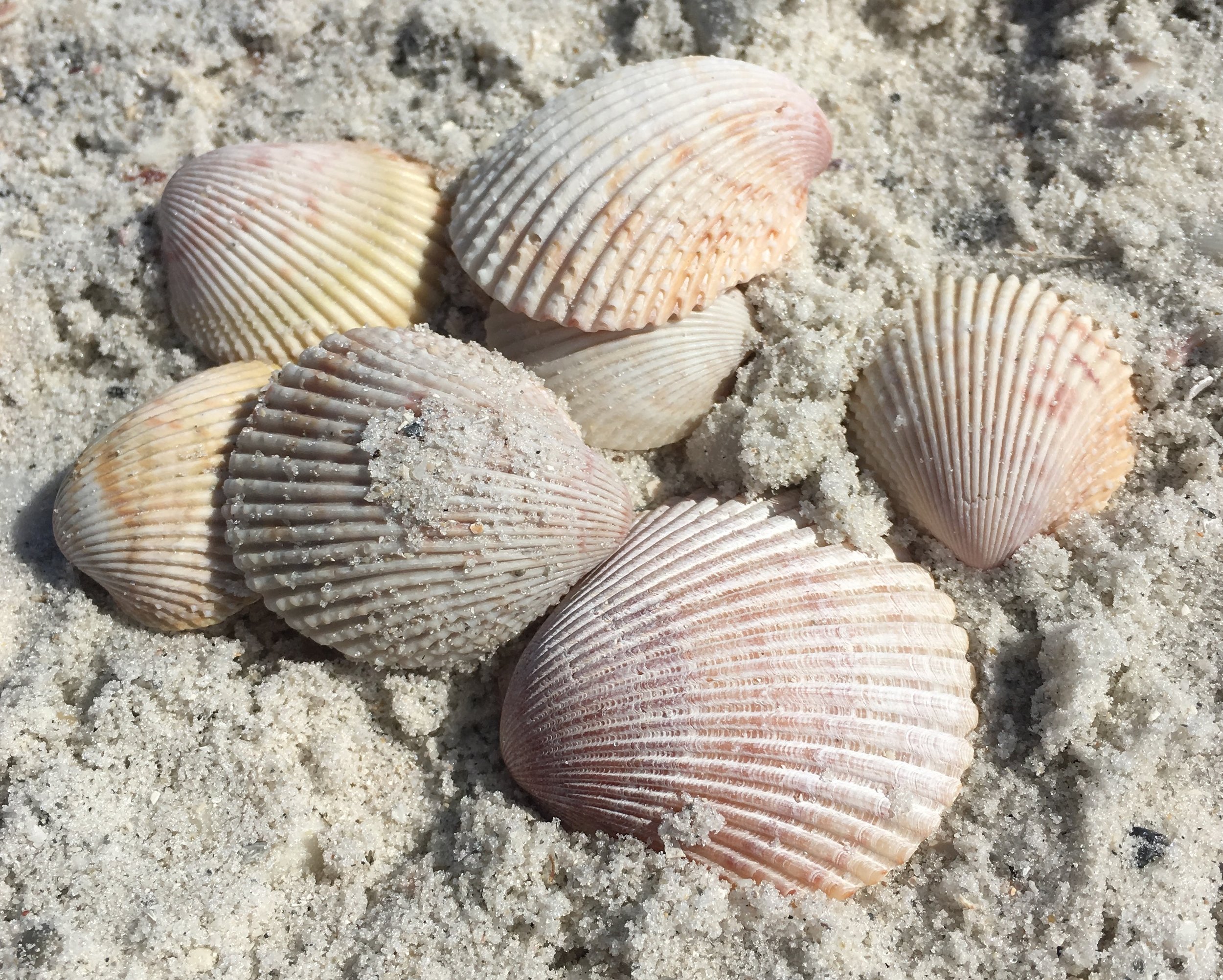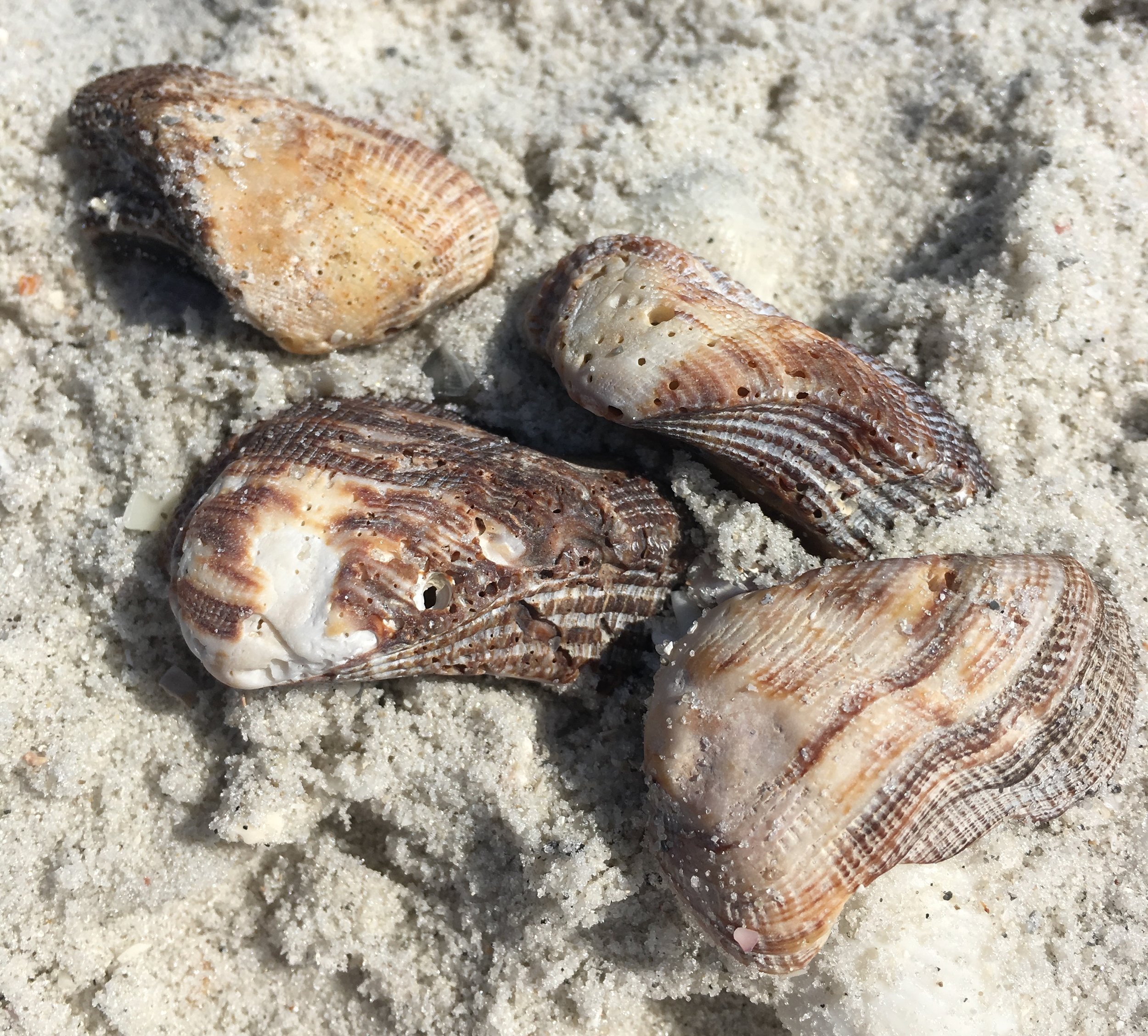“The purpose of collecting data is to answer questions when the answers are not immediately obvious.”
-Erikson Institute’s Early Math Collaborative
This past week I had the opportunity to walk along the beach with my preschool-aged children and marvel at the abundance of seashells. My older child is very interested in big numbers and often combines numbers she’s heard into unusual and enormous combinations. She asked if I knew how many shells were on the beach. “I don’t know?” I replied. Excitedly she said…“I think there are thirty two hundred thousand and sixty thousand!” This made me wonder, could she be right?
“The collection of data should ideally start with a question of interest to children.” –NRC 2009
This playful invitation is a basic start to data collection, asking and answering questions that involve math. The idea for the blog was inspired by my child’s spontaneous questions as we looked at shells on the beach. “I wonder which one has the most?” she asked.
While each child’s questions about the world are different, one way to encourage interest in data collection is to pose a question yourself and work together to figure out the answer.
PLAYFUL INVITATION
1. Prepare: Gather a large collection of natural loose parts. Think about having multiple items that are the same within the collection. Ideas might include: various colored fall leaves, different materials that fall from trees, shells, etc.
Observe the child throughout the interaction. Use the Invitation to Play Documentation Tool to collect data.
2. Invite: Display the materials in a random order. Say, Let me show you something….I have this big collection of shells and I’m wondering which type of shell has the most. I really want to figure it out. Will you help me answer my question?
3. Play: Ask the child What do you think I should do first? Follow the child’s lead and really listen to their reasoning.
If he/she seems stuck scaffold through questions and suggestions. i.e. Perhaps we could sort all the shells? OR I see a lot that look like this (point to one type) first let’s find all of this kind.
Once the shells are in groups ask the child, What do you notice about these groups? Which one has the most? How do you know?





Using a piece of paper, or a stick in the sand, write numbers/tally marks/dots. Talk about your findings. Which had the most/least/same. Why is collecting data useful?
4. Reflect and Assess: What did you learn about the child’s strategies for problem solving? Was the child able to develop a plan to answer the question? Did his/her suggestions lead you down a different path than you thought? Did you see the child using skills like sorting, classifying, counting, estimating, measuring, etc.
What other questions about the world do children ask? Pay attention. Take advantage of the authentic opportunities for math learning that stem from their inquiry.
Ready: The child is ready for this activity if he/she can count with understanding, knows ordinal numbers (1st, 2nd and 3rd) and has basic sorting skills.
Ready to move on: If the child uses problem solving skills to gather relevant data, and determines the answer to simple math questions involving small numbers, then he/she is ready to extend.
Extend: Represent findings using simple graphs. Gather data in other ways, for example, simple surveys of peers. Use larger numbers when exploring data.
MATH LANGUAGE
Sort- organize items based on characteristic/attribute.
Reasoning- thinking about something in a logical way. Children are asked to explain their answers so an adult and/or other children can hear the thought process or reasoning that went into solving a problem.
Problem Solving- finding a solution to a question, issue, or problem.
Ordinal Number- tells the position of an object when it is part of a list. 1st, 2nd, 3rd, 4th, etc.
RESOURCES
National Research Council , 2009, Mathematics learning in Early Childhood*
Clements, D.H., & Sarama, J. (2017)*
*full citation can be found on the Research Page
HAPPY NEW YEAR!






